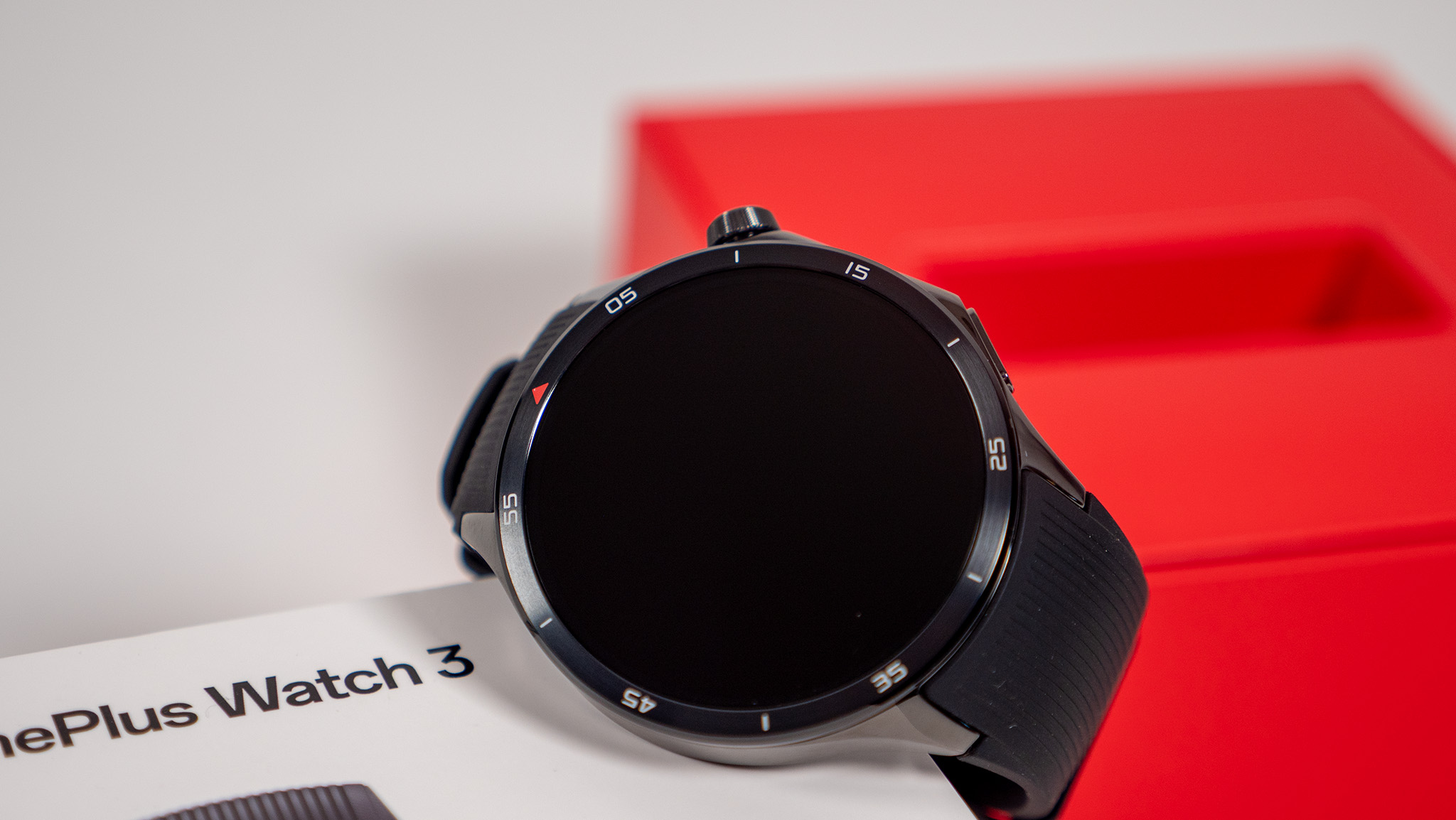How does glass bend?
Everything bends if it's thin enough.
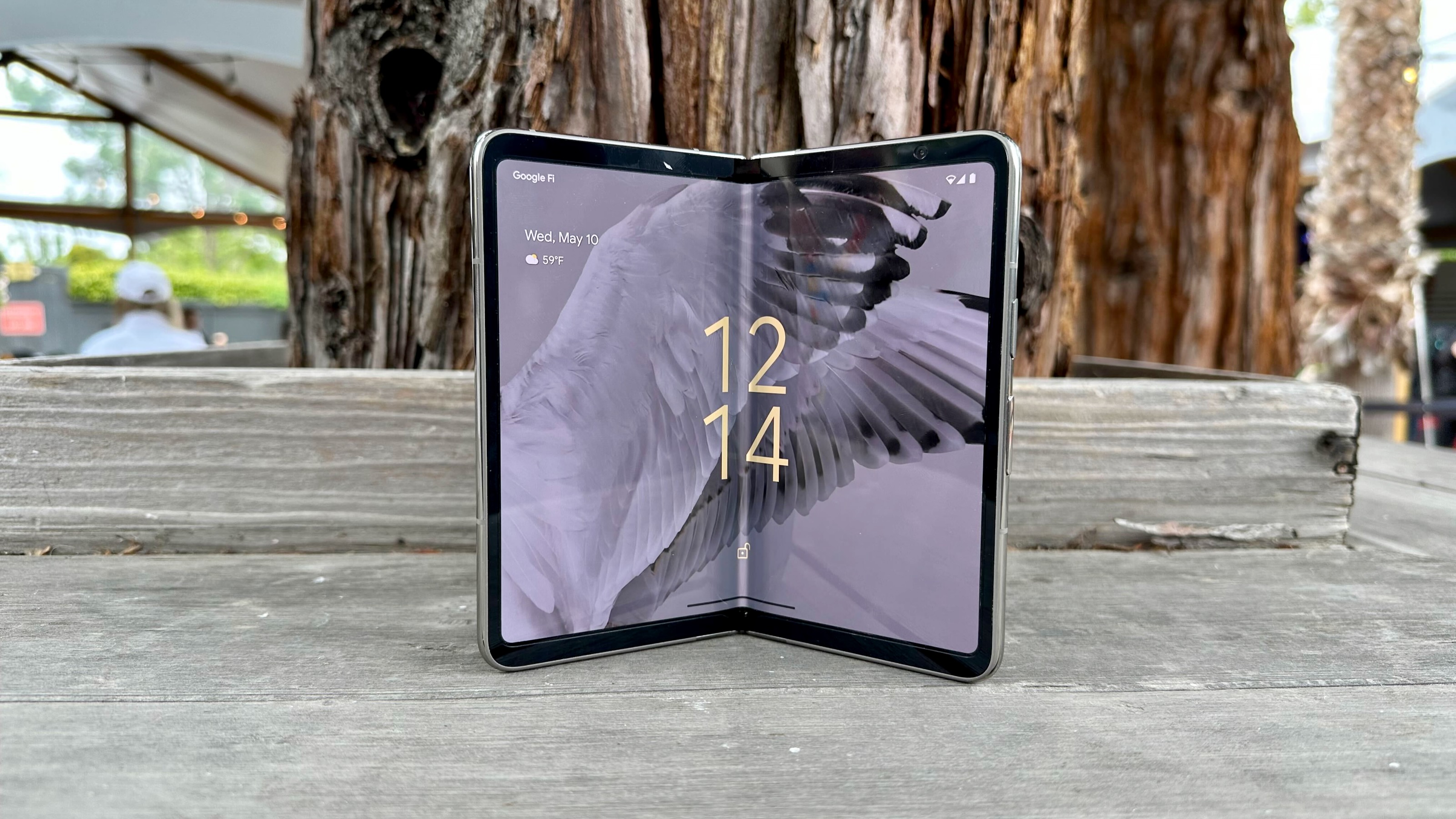
Foldables are here to stay. You were wrong if you figured they would be a short-lived fad or relegated to some niche corner where nobody paid any attention to them, and many people did. While not yet mainstream, they're not going away anytime soon.
They have their pros and cons, and some models do it better than others. One thing they all have in common is a big sheet of glass that can be bent across itself, then straightened back out (hopefully) hundreds of thousands of times.
It sounds a little bit crazy. I think most of us have broken glass and consider it fragile. It is. But with the right parts and the right techniques glass, like everything else, can be bent.
Folding versus bending
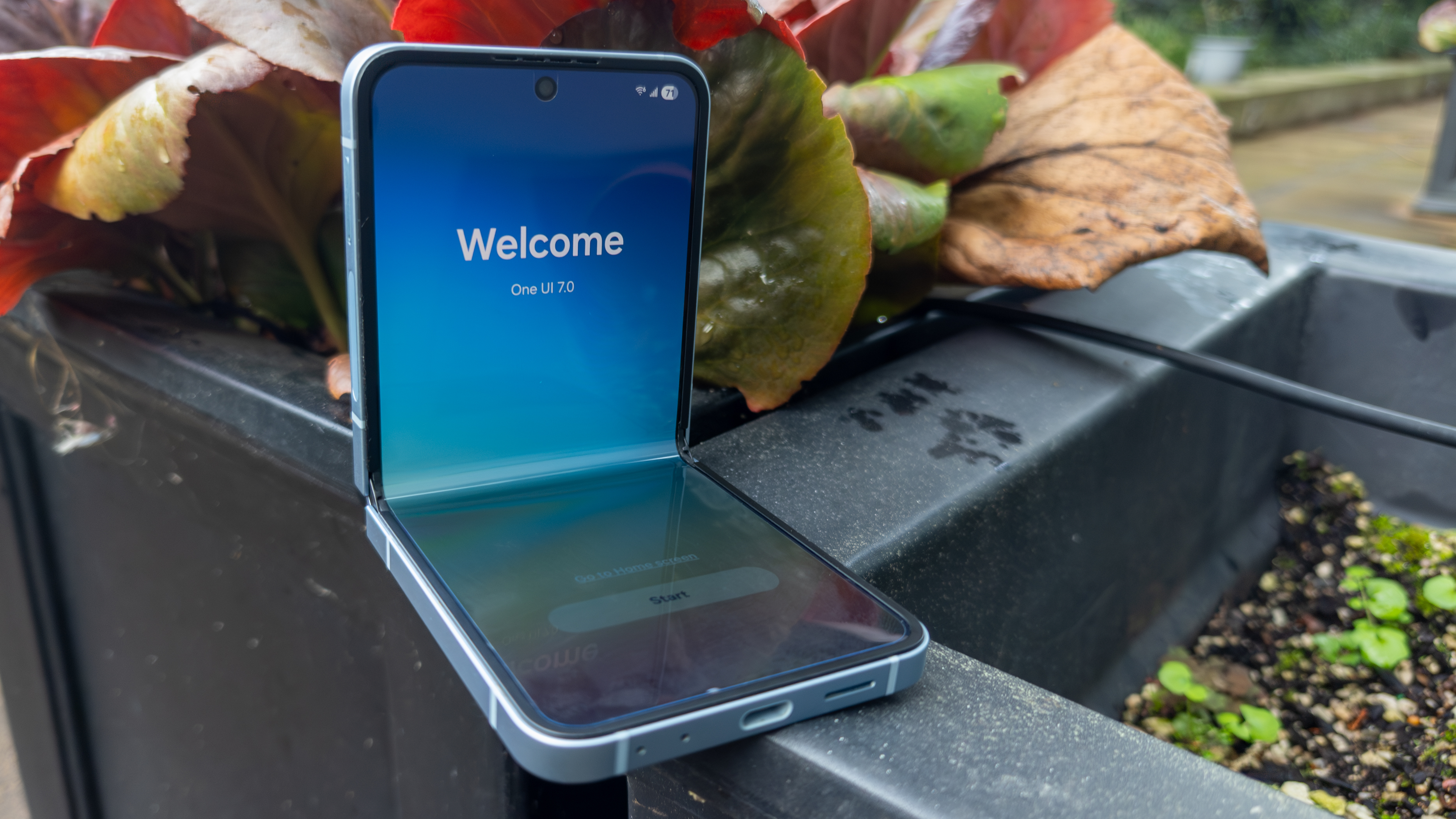
While a foldable phone may fold, the glass doesn't. Folding a sheet of glass would instantly break it, so instead it's bending, and yes there is a difference.
Take a sheet of paper and lay it on a table. Now grab the top corners and bring them to the bottom corners. You've bent the paper. If you apply pressure along the bend and create a crease, it's folded. Your foldable phone never allows the glass to fold, just bend. this sounds a bit like nitpicking, but it matters.
Everything will bend if you make it thin enough. A framing timber in your roof won't bend, but a thin sheet of wood veneer or a branch on a Bonsai tree will because it's thinner. If you apply enough pressure to bend a thick hunk of wood, it's going to break because of what's called tensile strength.
When glass, or anything else, bends, you're stretching the material outside the radius of the bend itself. A material's tensile strength determines how far it can be stretched before it breaks, and dense, thick materials are both stronger and harder to bend than thin materials. The force required to bend a thick piece of wood will cause it to break as soon as or right after it begins to bend.
Be an expert in 5 minutes
Get the latest news from Android Central, your trusted companion in the world of Android
By using a very thin sheet of glass, you're stretching less material and putting less tensile strain on it. This allows it to stretch and bend before it reaches its breaking point.
Don't get too hung up on this because it works just like you think it does — thin things are easier to bend without breaking. But thin glass is only one of the things that lets your foldable fold ... erm bend.
An engineering marvel
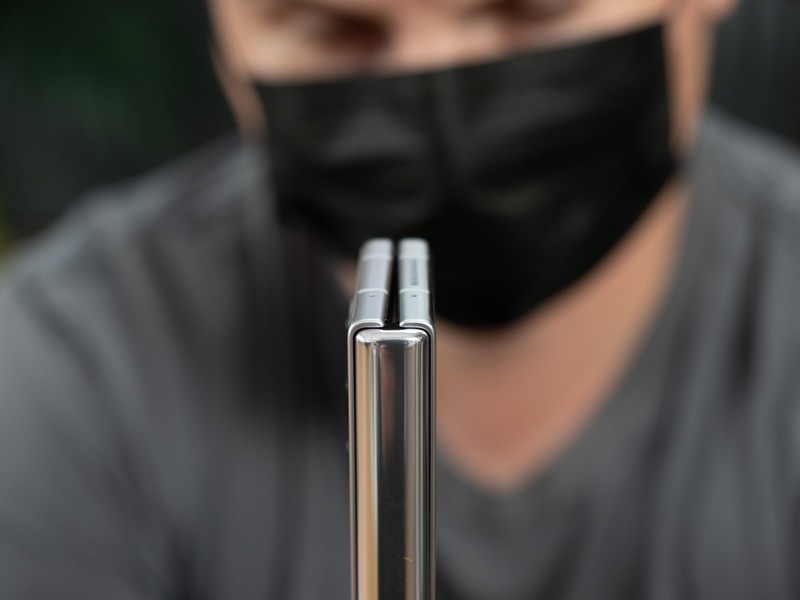
Making a phone with a glass screen that folds in half is a pretty amazing accomplishment. But as mentioned, the glass is just one piece of the puzzle.
That thin glass — often called UTG for ultra-thin glass — isn't the same as the glass used on other phones. It's been treated in ways that allow it to stretch even more than it normally would.
The exact methods and materials used are company secrets, but different polymers are injected into the glass and used as a coating over the glass to allow for a lower tensile strain during the bending process. Making the glass as thin as human hair (thinner, actually) isn't enough.
Next, you have to make sure the glass doesn't touch itself while in the bent position, but you need to do it the right way. There are two reasons for this, but from a design standpoint, it is important that the least amount of bending be used to fold the body of the phone on itself. Ideally, there is a larger air gap at the bend point than the outside edges, and the outer case of the phone is built so that it's doing the touching instead of the glass itself. It doesn't matter if the phone is a flipper or a folder, the glass can't touch, and the point nearest to the bend will have a larger gap the the edge.
That's where the most important part of all this comes into play: the hinge. Hinges have improved dramatically since the failure that was the first Samsung Galaxy Fold, but even that was an engineering feat.
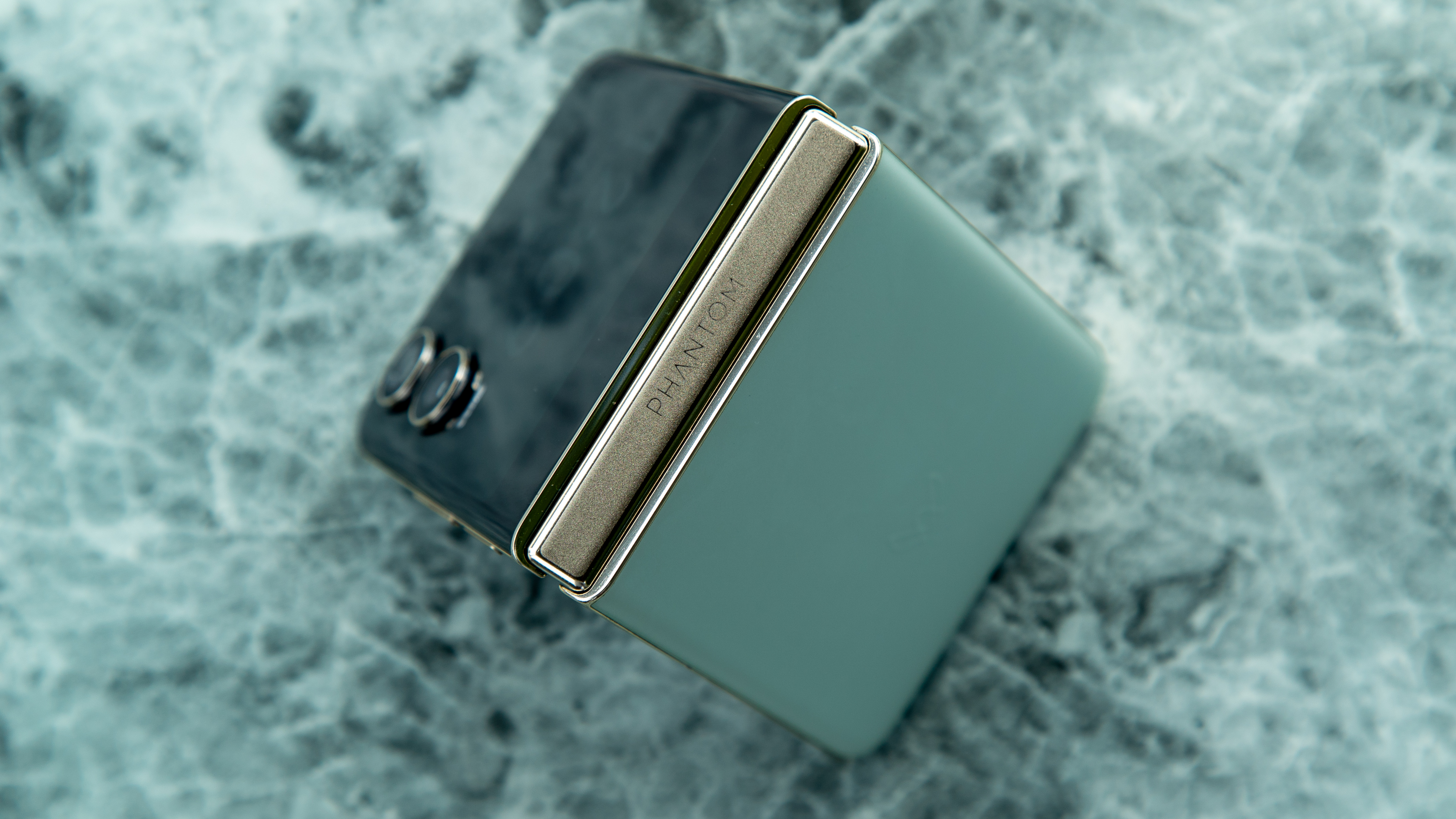
A hinge must be designed to allow for fluid motion only in the way it was designed to, well, to hinge. You can't have unwanted linear force or any sort of warping during the process, and every time it moves, things must be very consistent. The hinge not only needs to be sturdy, stout, and precise; it needs to be durable as well. The 200,000th time the hinge folds needs to be the same as the first.
We see new hinge designs with every release cycle because it's the most important component of a foldable, even if it's not the most spectacular. There is no one correct way to accomplish this, and every company making foldable phones does things a little differently. They all have the same end goal, though: be strong enough to resist unwanted "twisting", be precise enough to meet design specifications, and be durable enough to do it hundreds of thousands of times before it fails.
The last (and worst) piece: some plastic
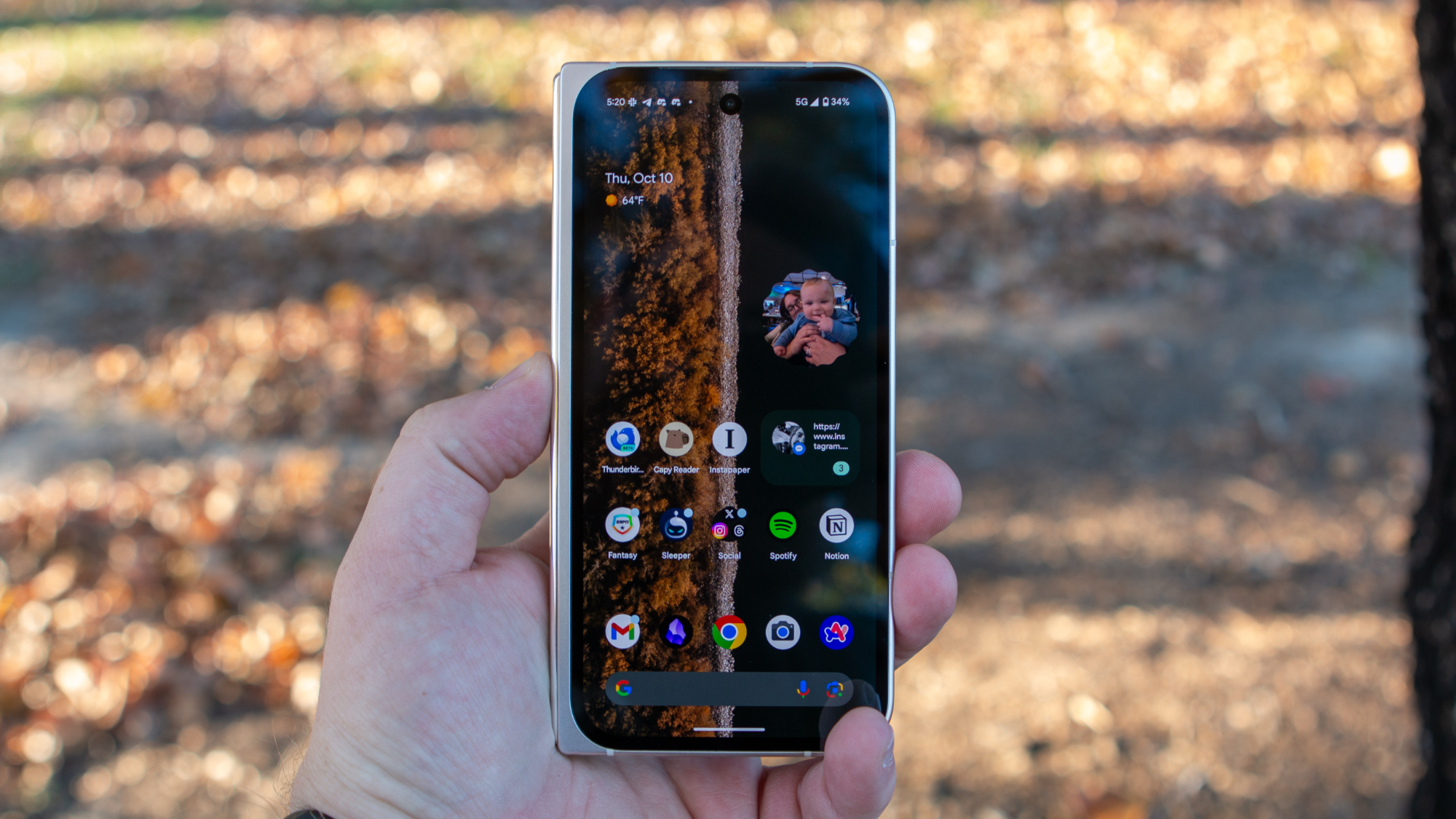
If you were to grab a foldable phone and press really hard on the screen with your thumbnail, you would be able to put a tiny dent in it. This is because you're not really touching the glass itself; there is a thin layer of plastic covering it all. If you were to grab a first-generation foldable you would put a bigger dent on the screen using a lot less force because this process has been refined a lot in a few years. The latest phones almost feel like glass when you touch them.
This isn't done because phone makers love the feel of plastic, it's done for the same reason the glass can't touch itself when bent in half. The glass on a foldable phone needs to stay as defect-free as possible.
If you look at the screen on your "regular" phone very closely you'll find a bunch of very tiny scratches. These have almost no effect on the operation of your phone and most of the time you wouldn't even know there were there. But they are, and they would spell the death of a foldable.
Any defect — a chip or a scratch — in a piece of bendable glass creates a weak point that will be prone to expanding as the glass is stretched (on one side) and compressed (on the other side) during the bending process. That means the glass is going to crack where the defect is.
A non-removable screen layer of a thin, flexible plastic material over the glass acts as a sacrificial layer that will absorb the abuse instead of the glass getting it.
A lot of different companies now make foldable phones in several different styles. Now you understand how it works a little bit and know how things will keep getting better each and every year.

Jerry is an amateur woodworker and struggling shade tree mechanic. There's nothing he can't take apart, but many things he can't reassemble. You'll find him writing and speaking his loud opinion on Android Central and occasionally on Threads.
You must confirm your public display name before commenting
Please logout and then login again, you will then be prompted to enter your display name.
